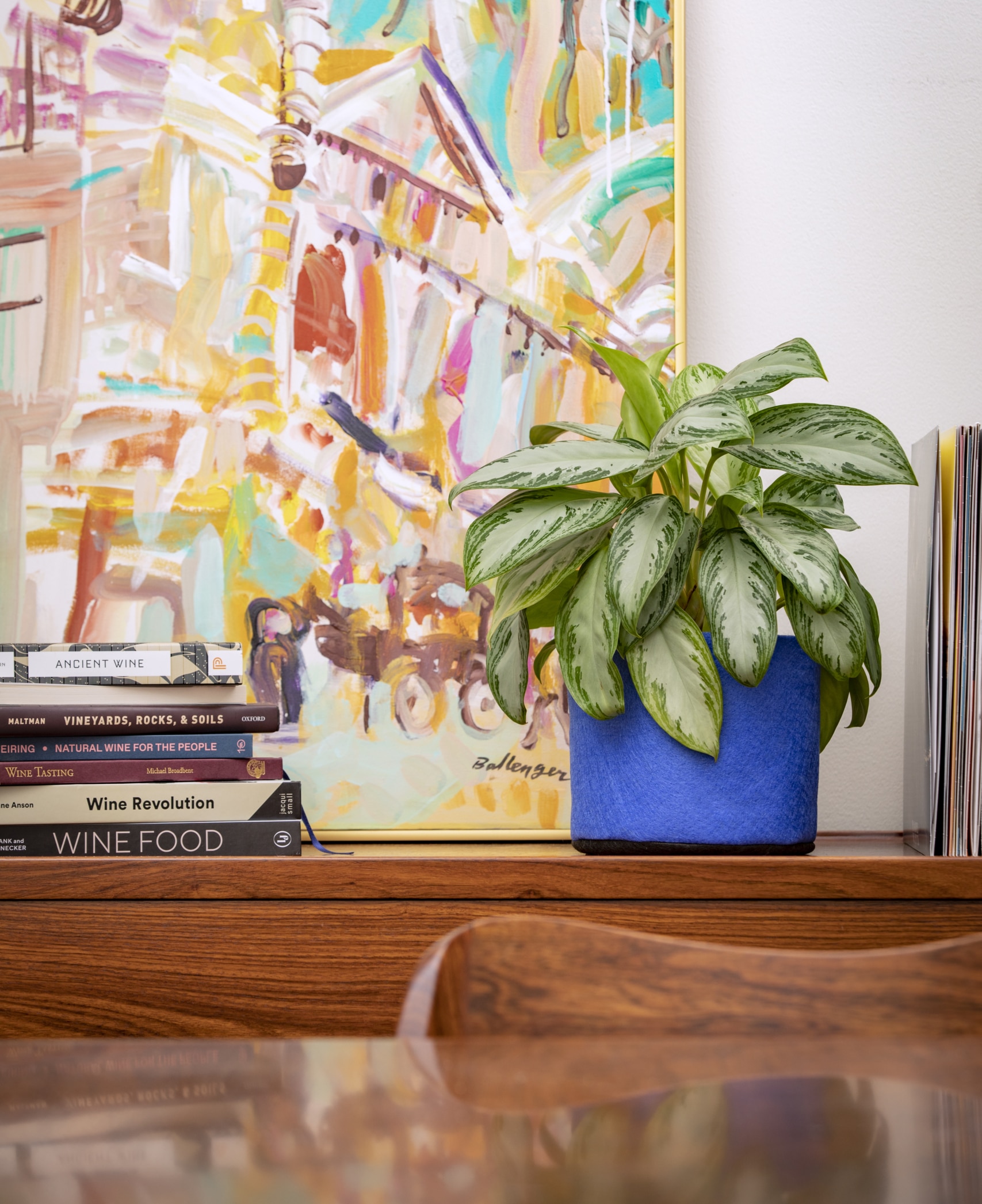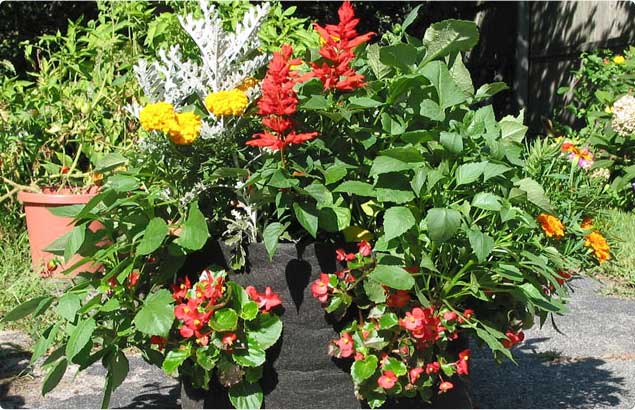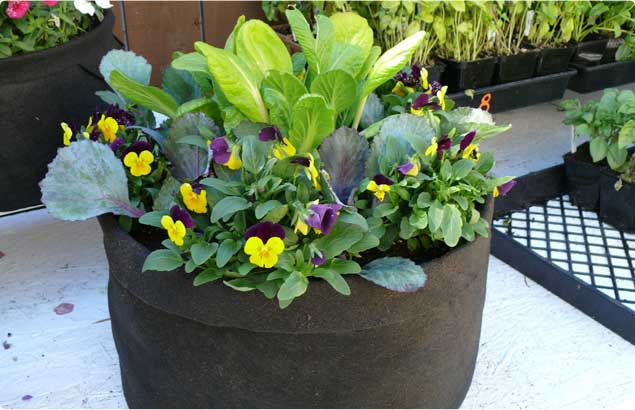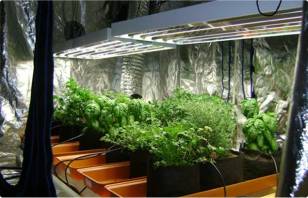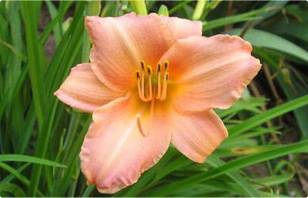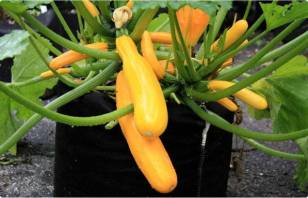How to Care for Houseplants in Smart Pots by Jodi Torpey
Did you know you don’t need a green thumb to grow beautiful houseplants? If you have any kind of thumb you can grow healthy houseplants in Smart Pot indoor containers.
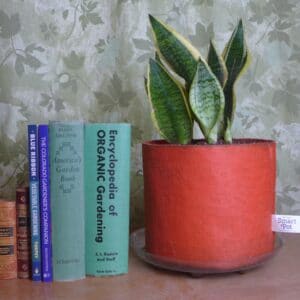
Here are four more ways you can grow a lush garden of indoor plants in Smart Pots:
1. Water Houseplants on Their Schedule
Instead of watering your houseplants on a set schedule, wait for plants to tell you when they need watering. Some plants, like Sansevieria, need the potting mix to dry between waterings. Overwatering can cause roots to get soggy and can be inviting to indoor insect pests.
You can place a watering gauge in your Smart Pot to remind you when to water your houseplants or you can use a simpler tool – your index finger. Simply stick your finger into the top 1-3 inches of potting mix. If it’s cool and moist, wait to water.
Another signal for watering is to watch for plant drooping or wilting. Check the potting mix to make sure it’s dry before watering. Wilting can be a sign of a different kind of houseplant problem, such as overwatering.
Add water slowly to make sure the potting mix is thoroughly moistened. Empty excess water that drains into the plant saucer. Don’t let plants stand in water to prevent them from getting waterlogged.
- Adjust Lighting for Houseplant Health
When houseplants aren’t getting enough light, they’ll let you know. They may grow long thin stems that are reaching toward the light, leaves may turn yellow or start to drop, plants stop flowering or green and white variegated leaves may revert back to green.
If you see signs of light deficiency in your houseplants, move the Smart Pot container and saucer to a brighter window or add supplemental lighting, like fluorescent tube lights or LED grow lights.
- Check Indoor Temperature and Add Humidity
The majority of houseplants like a warm and consistent environment, somewhere between 60- and 70-degrees Fahrenheit. Because plant needs vary, read about your specific plant and give it what it requires to stay healthy.
Chilly indoor wintertime temperatures can harm a plant’s health, so move plants away from areas with cold drafts. Keep leaves from touching windows and, if possible, close curtains at night. Hot air can be bad for plants, too. Avoid placing your Smart Pot houseplants near fireplaces and furnace vents.
Many houseplants are tropical in nature where they grow in humid conditions. If the air is dry in your home, you might want to increase the humidity level for your plants. Portable humidifiers can add humidity, so can putting plants on saucers or trays of gravel that need to be kept moist. Misting plants can help, too, but the benefits aren’t long-lasting.
- Wait to Fertilize Houseplants
If you planted your houseplants in a potting mix that included a slow release fertilizer, you can wait several months before using an all-purpose houseplant fertilizer or a plant-specific fertilizer. Follow label instructions.
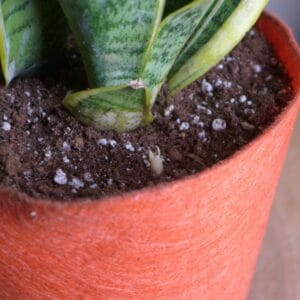
With the proper light, temperatures, humidity and care, your houseplants will not only survive, but thrive. Keep an eye on your plant’s progress and watch for new shoots to poke up through the potting mix.
Once you’ve mastered the care and feeding of one houseplant, it’s time to find another and get started planting.
Jodi Torpey is an award-winning vegetable gardener, master gardener and garden author in Denver, Colorado.
